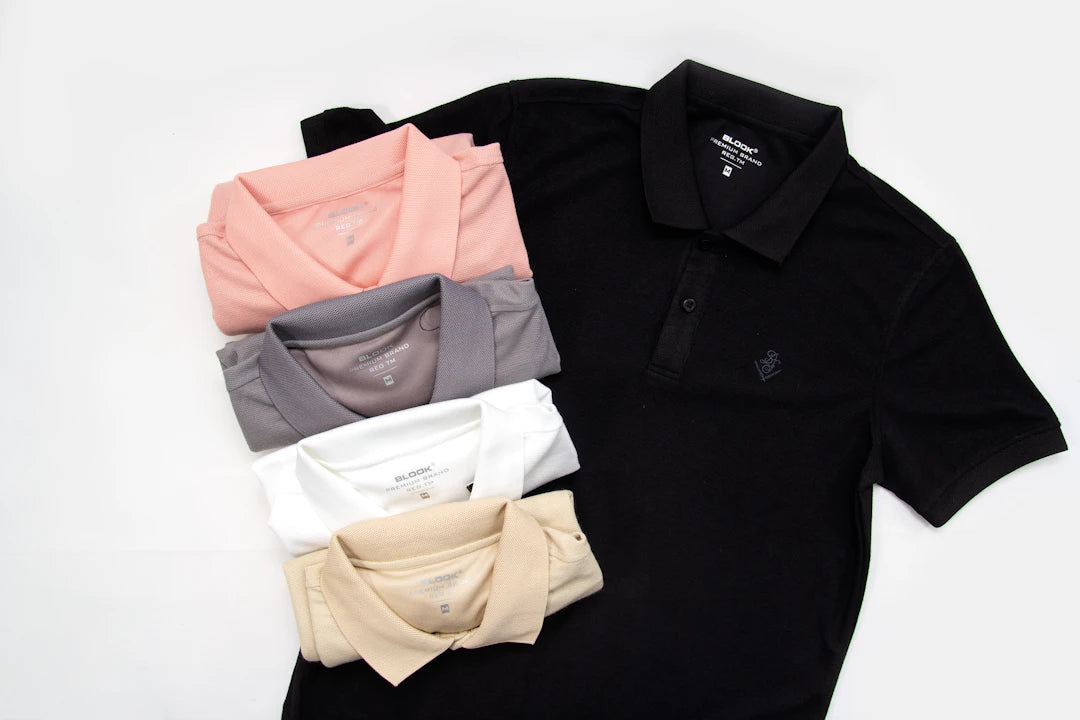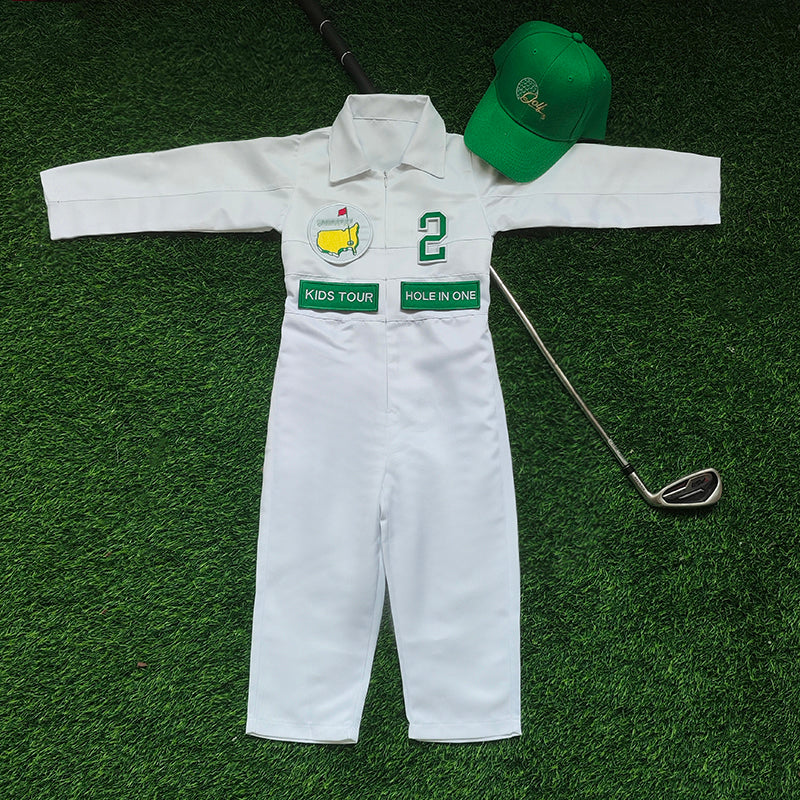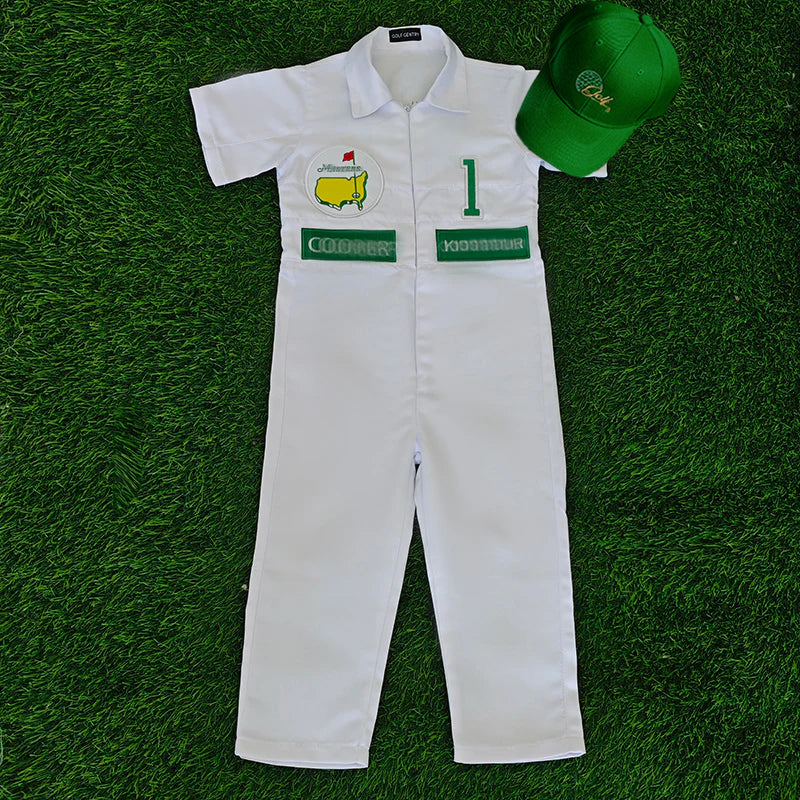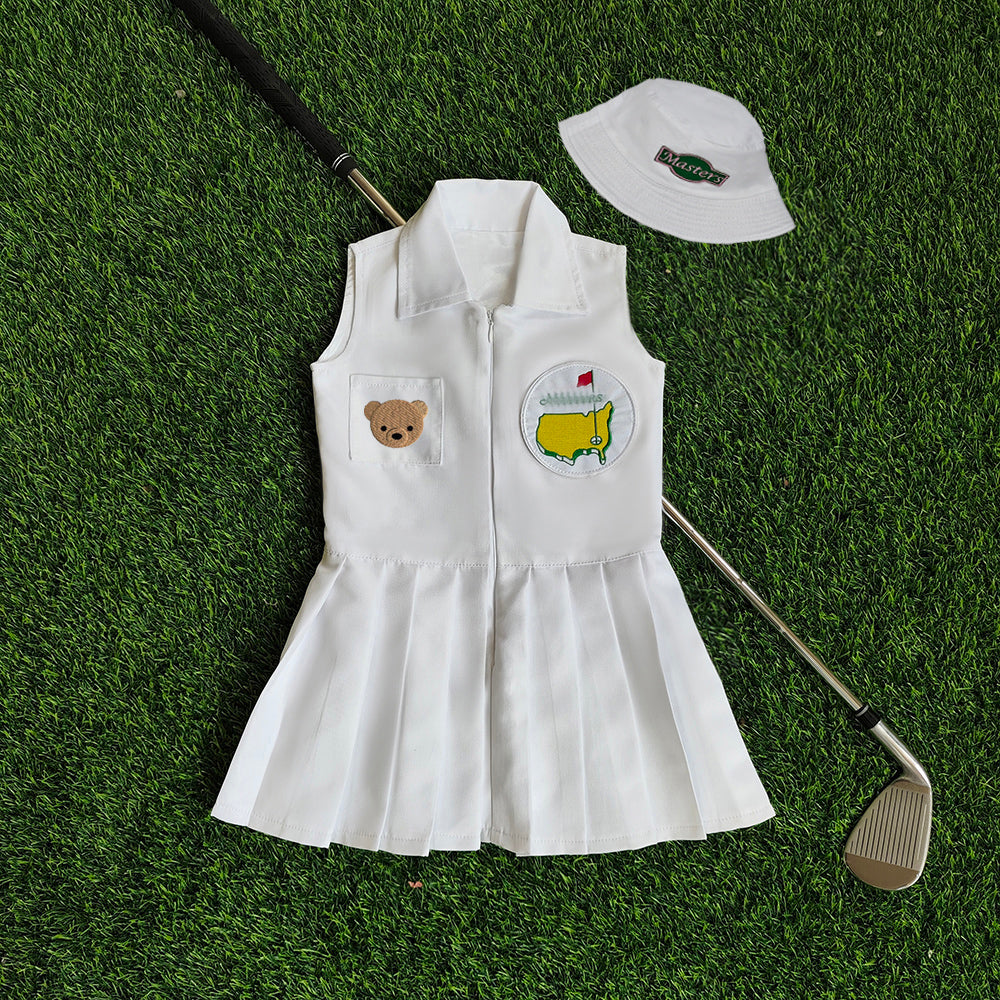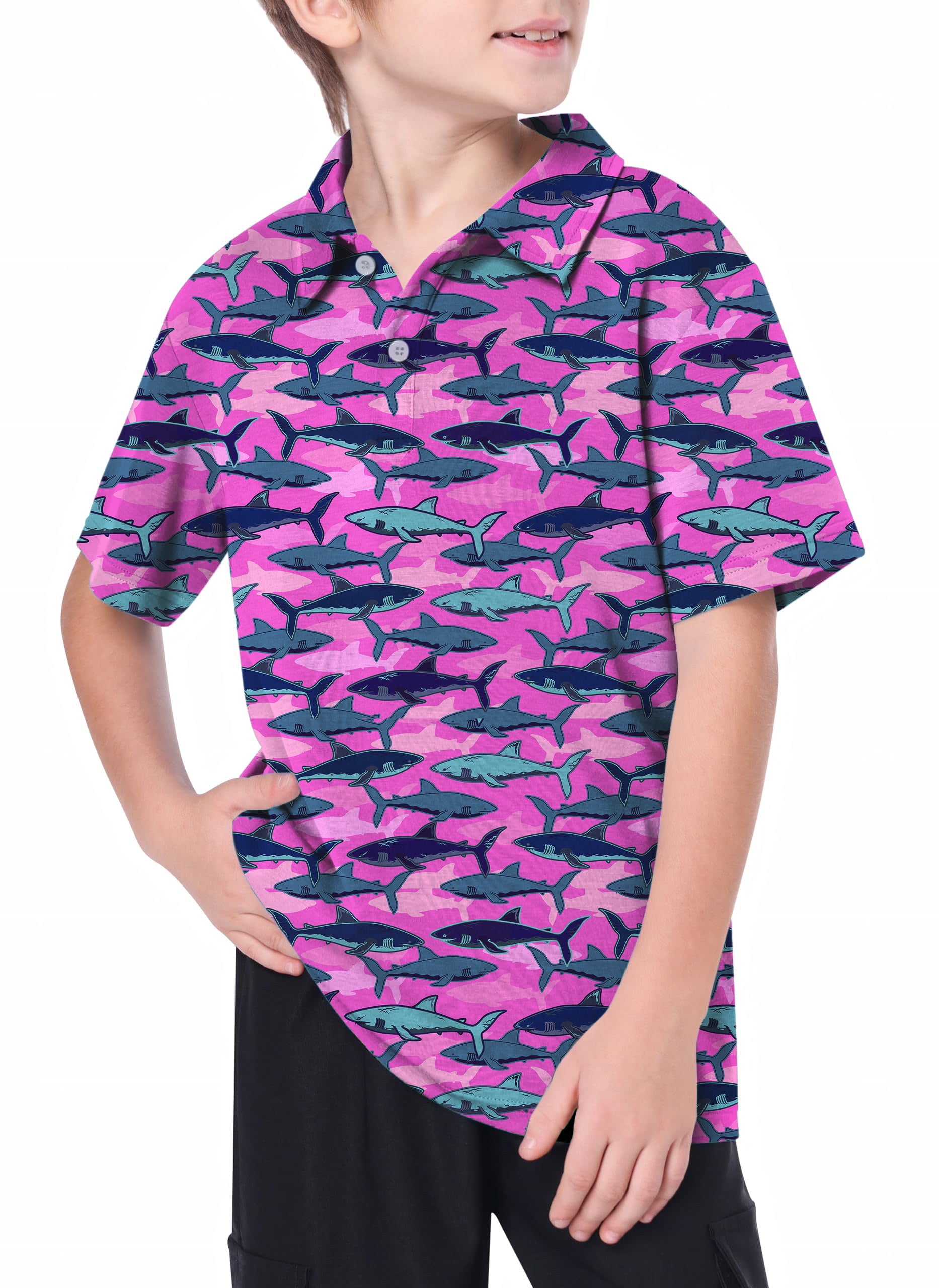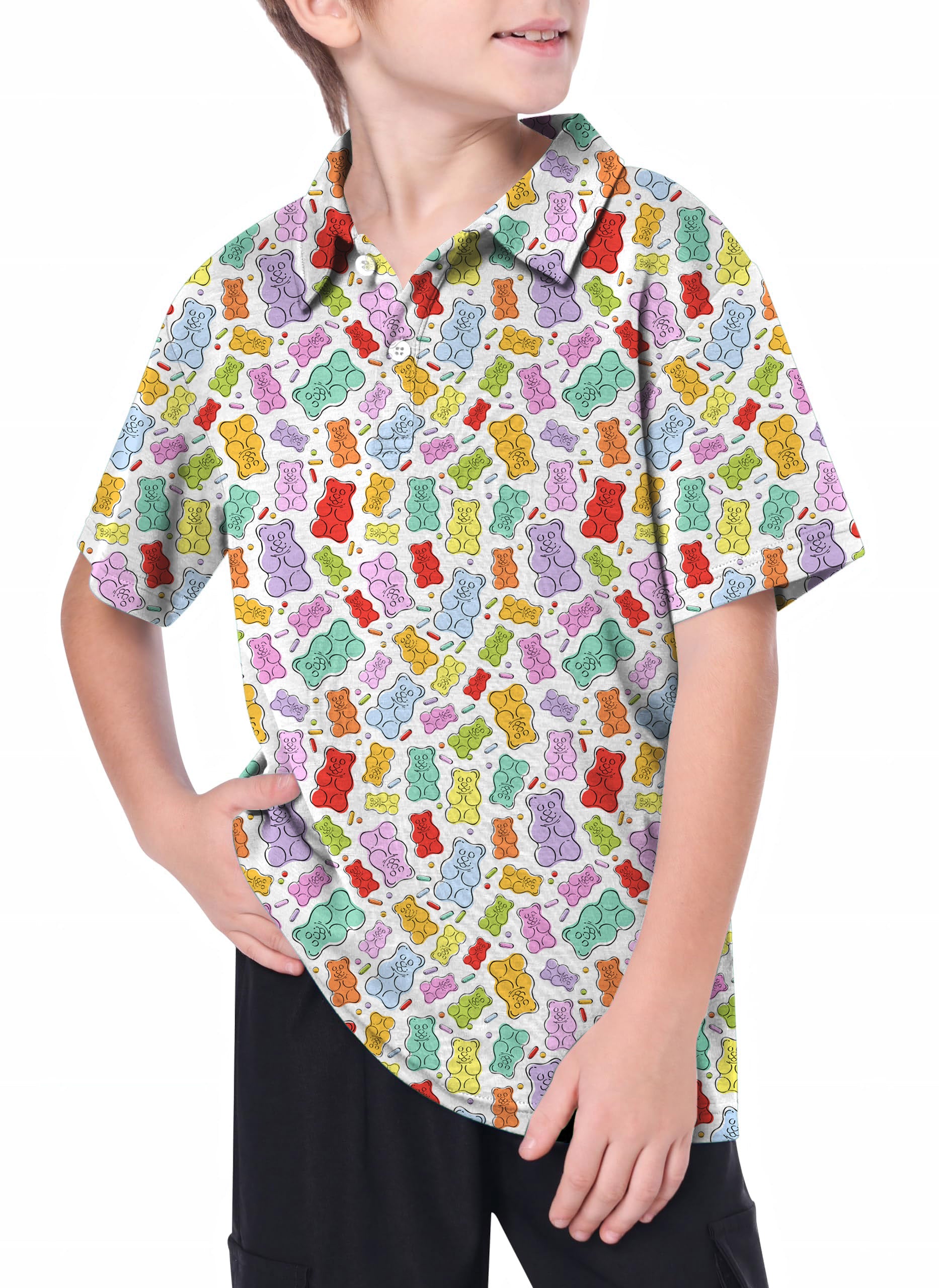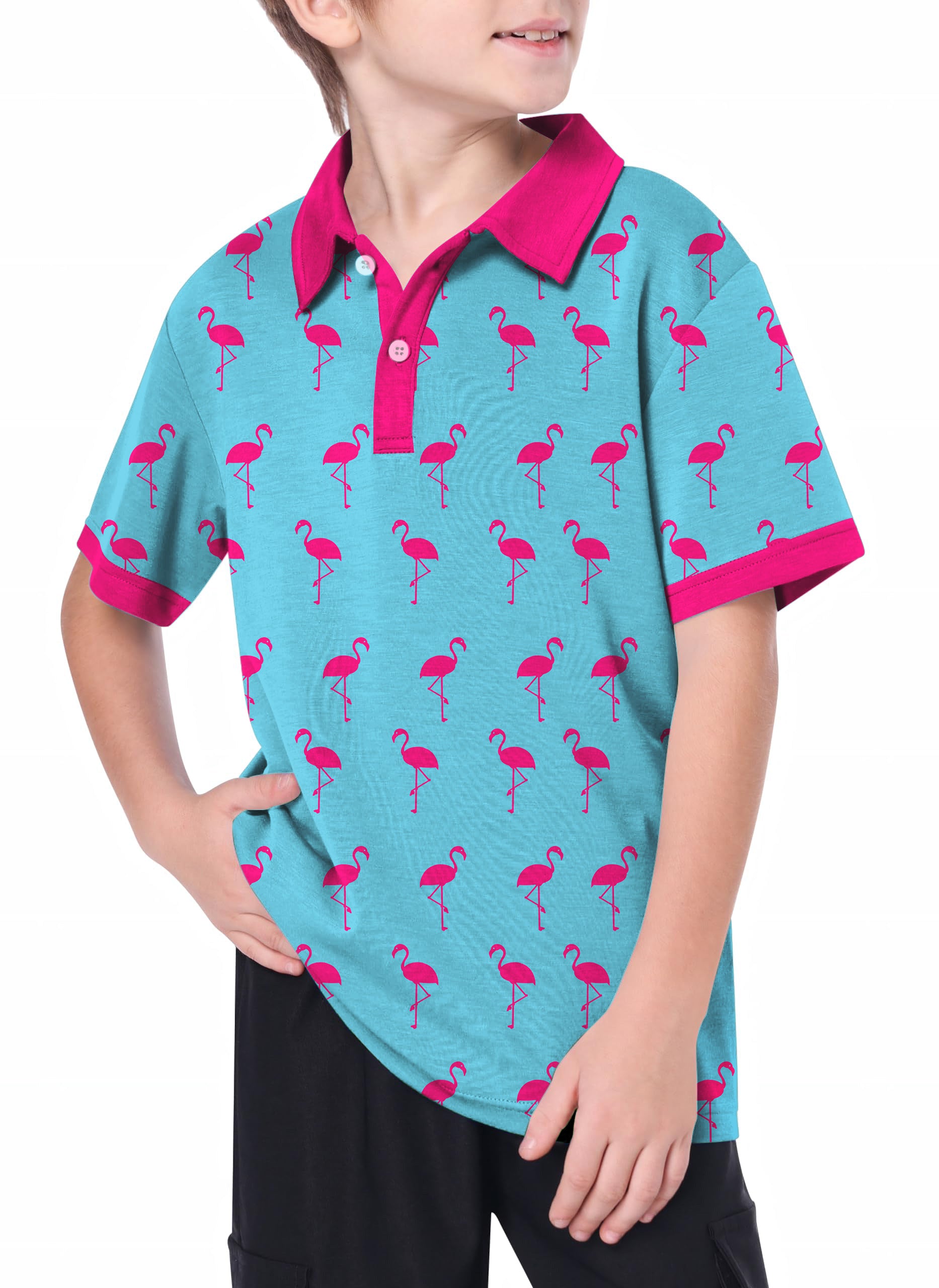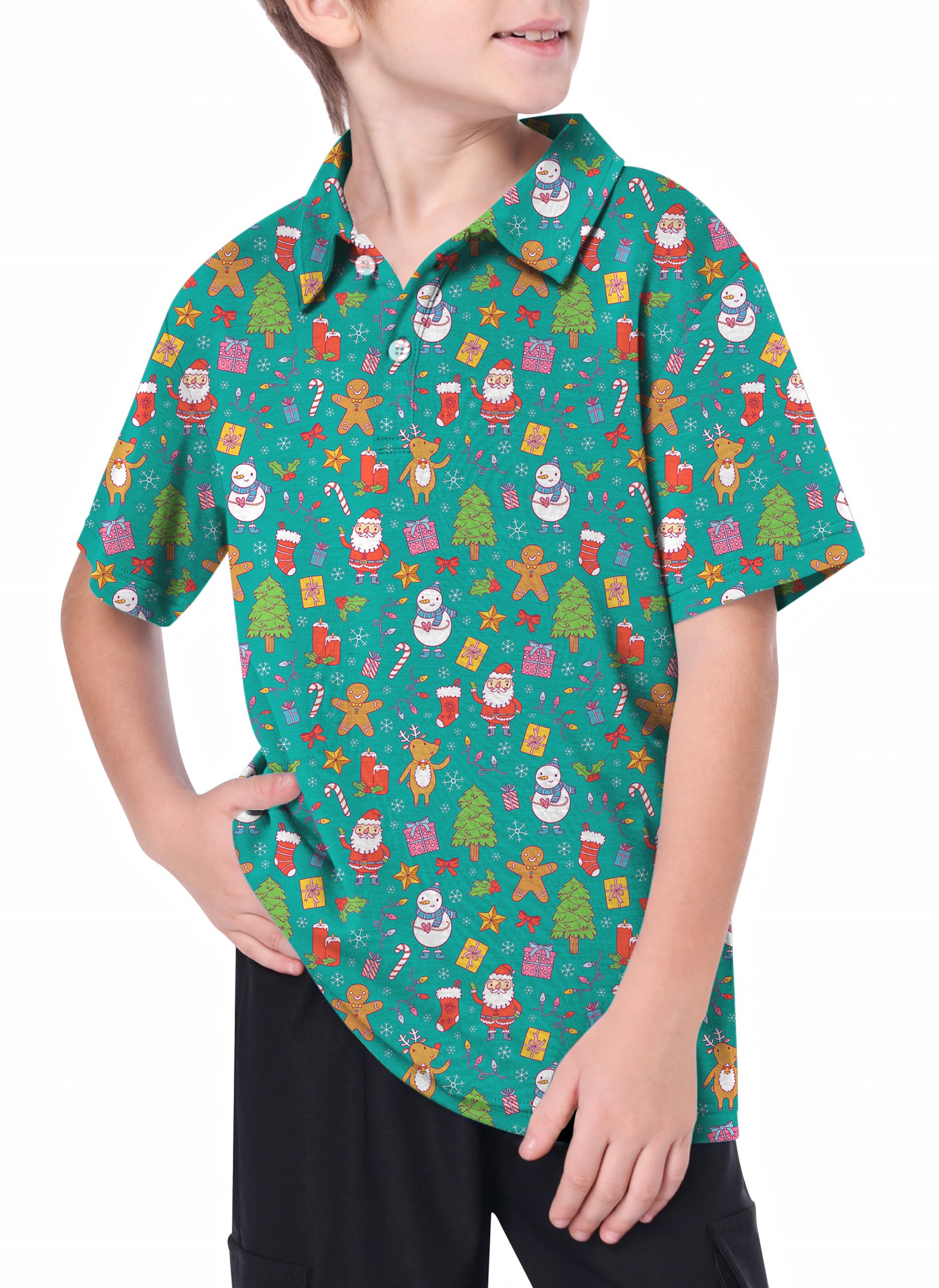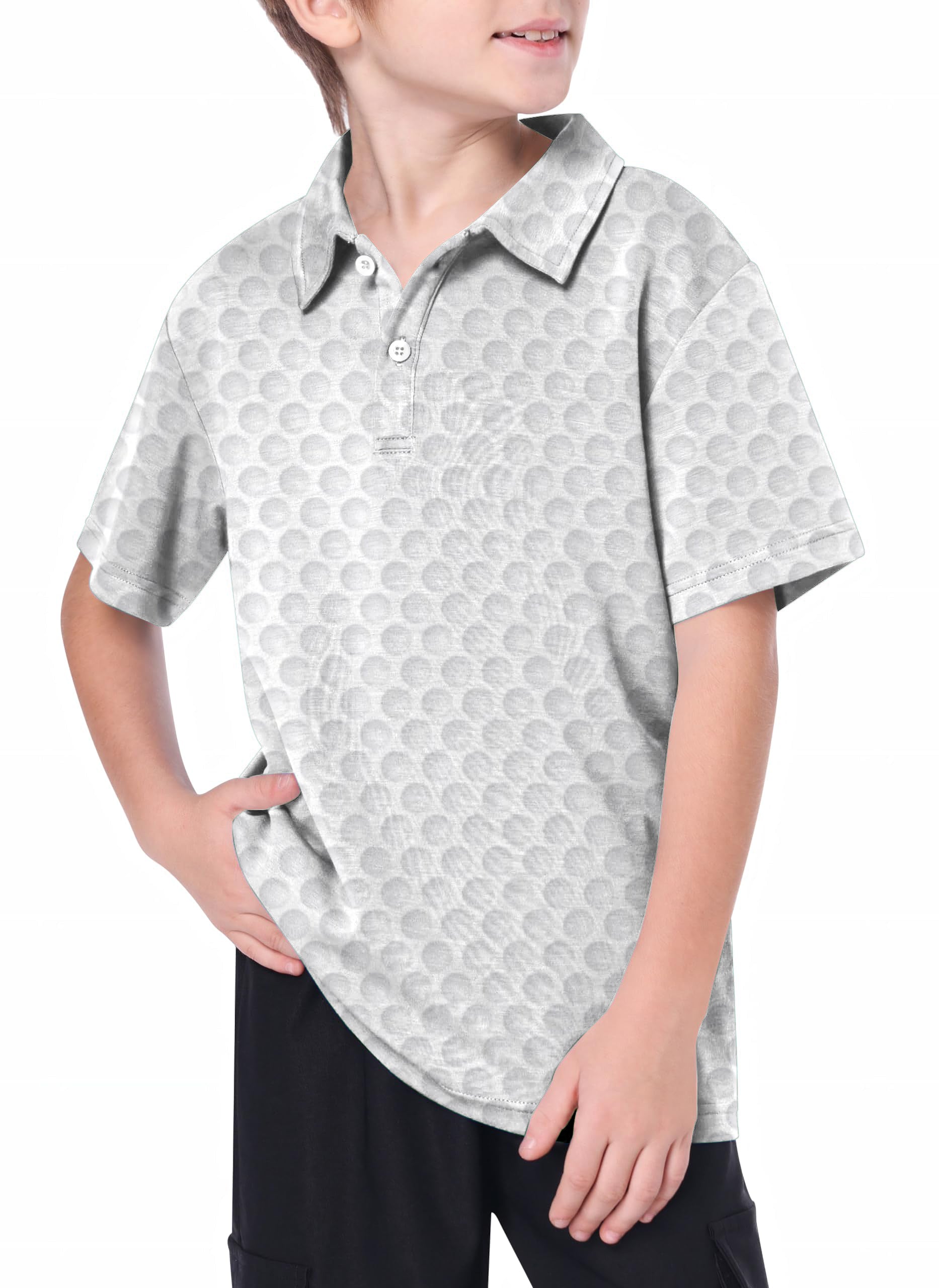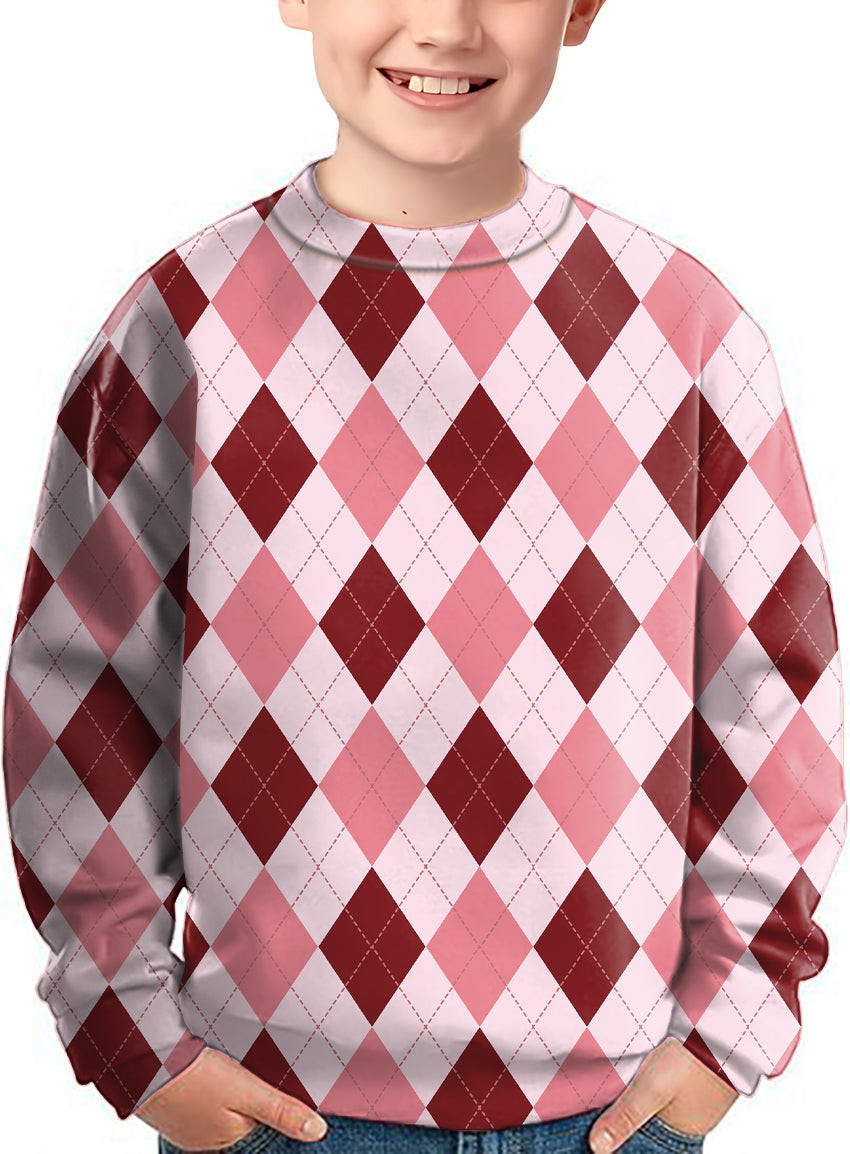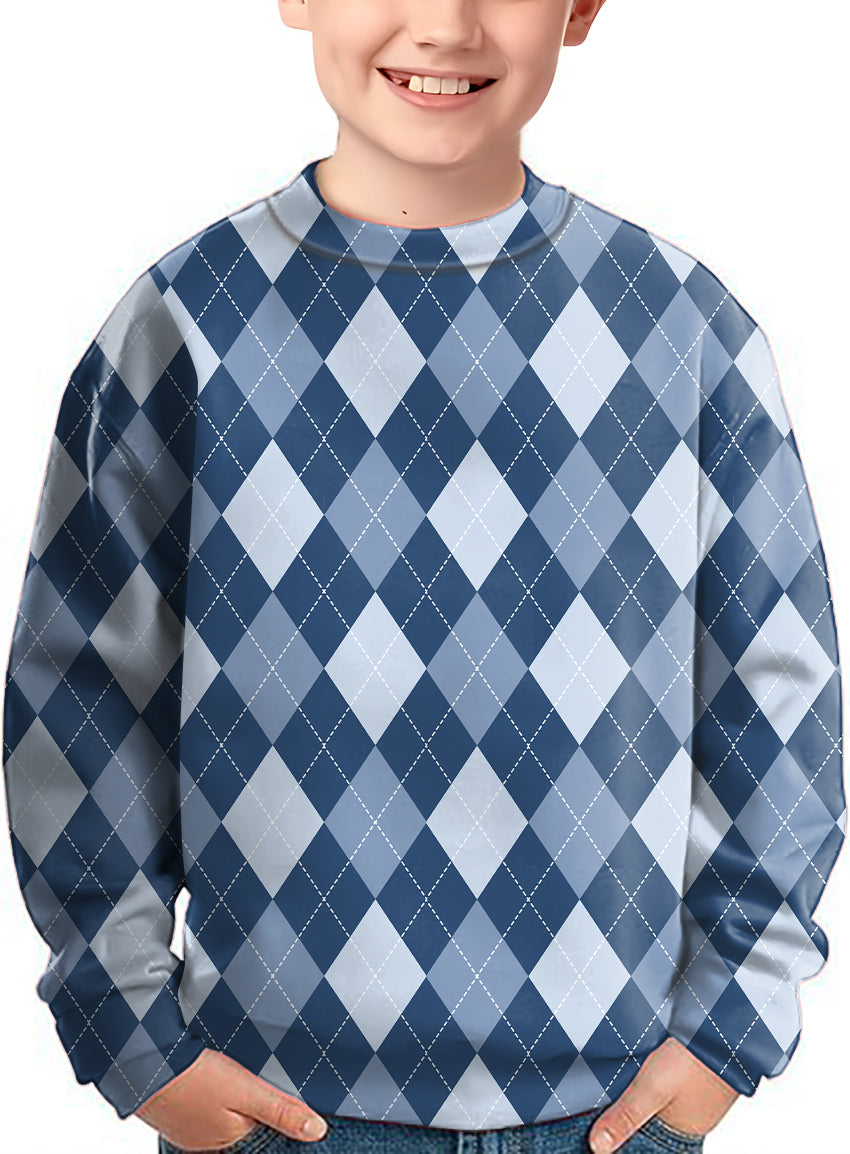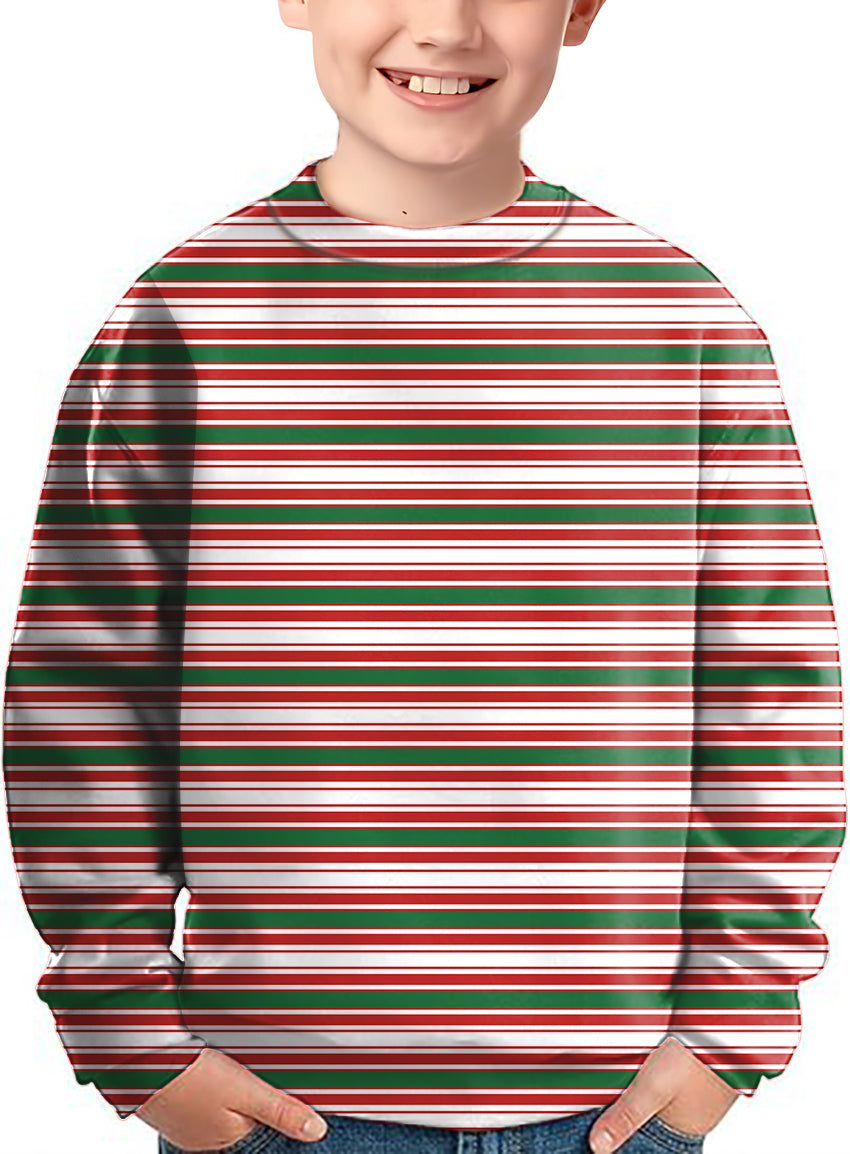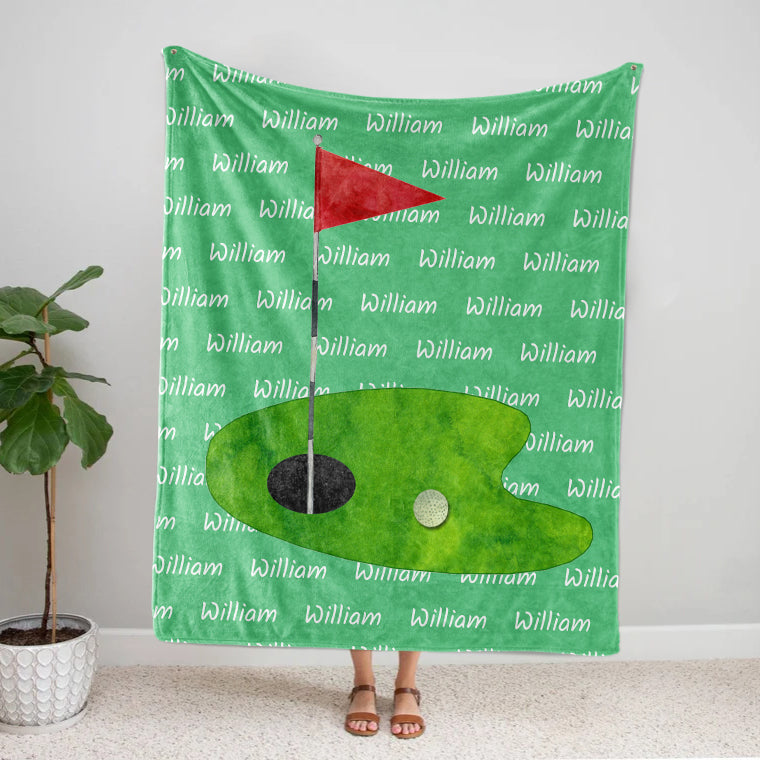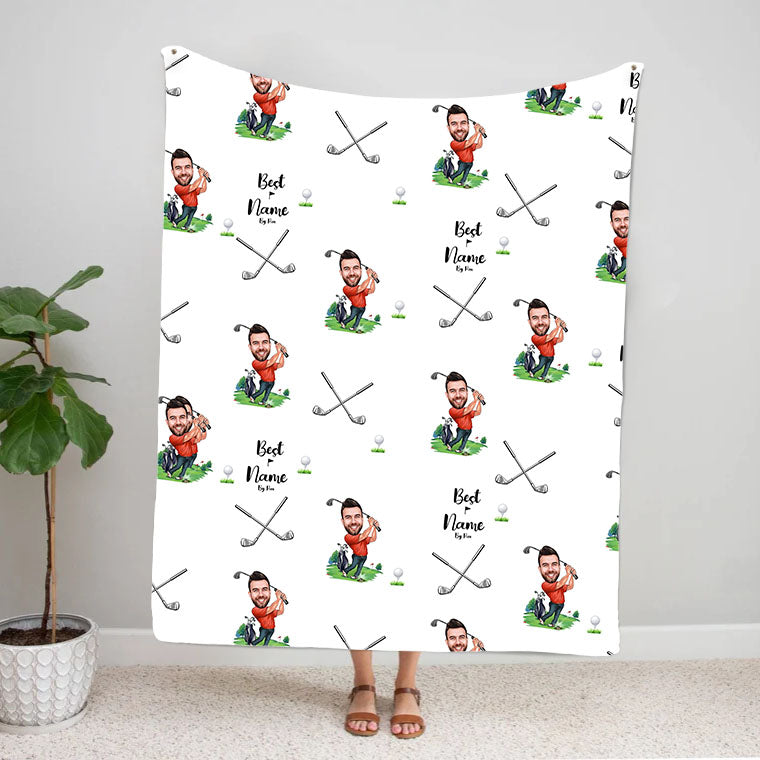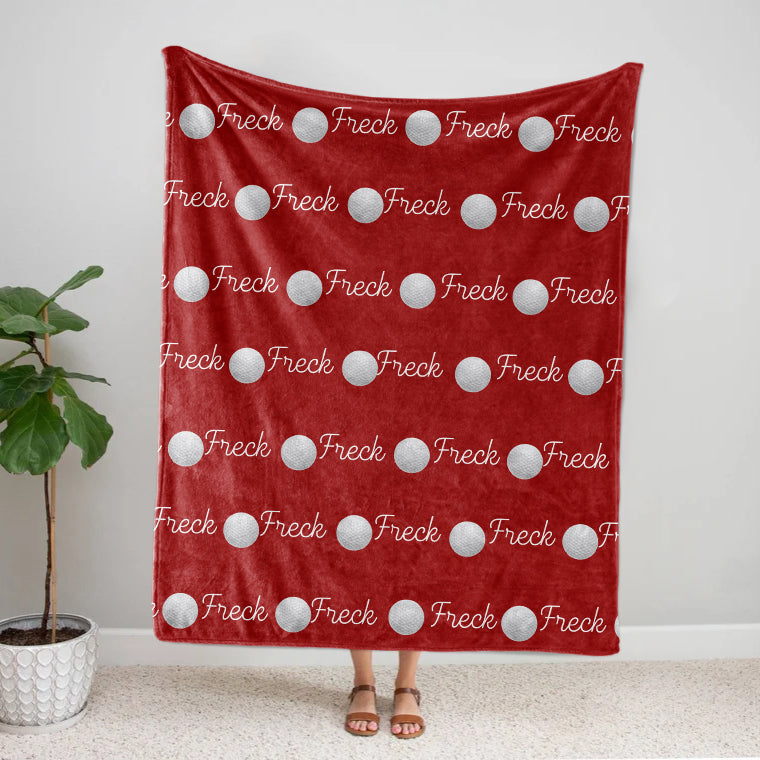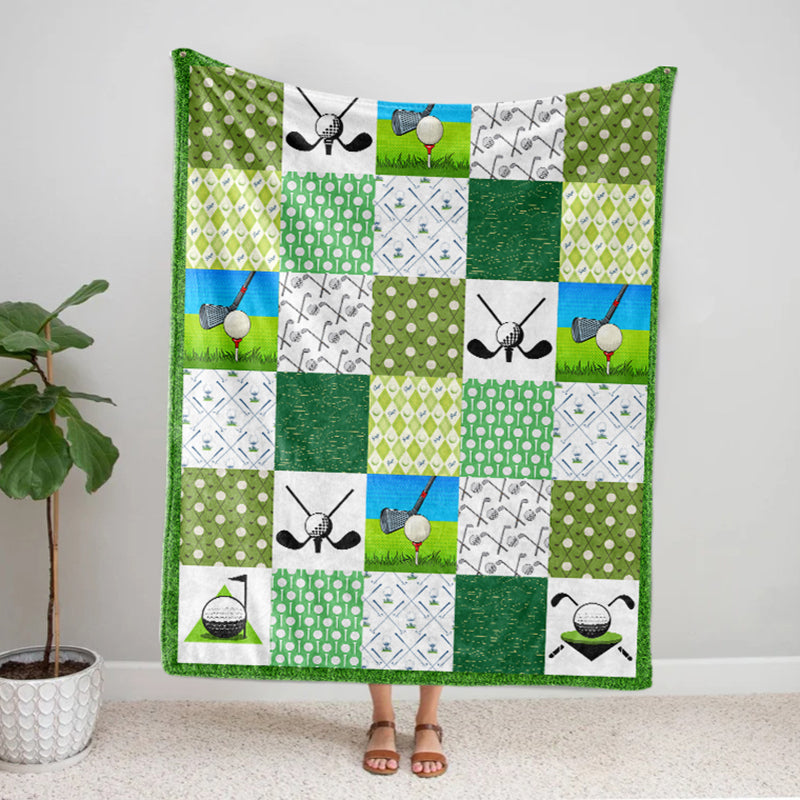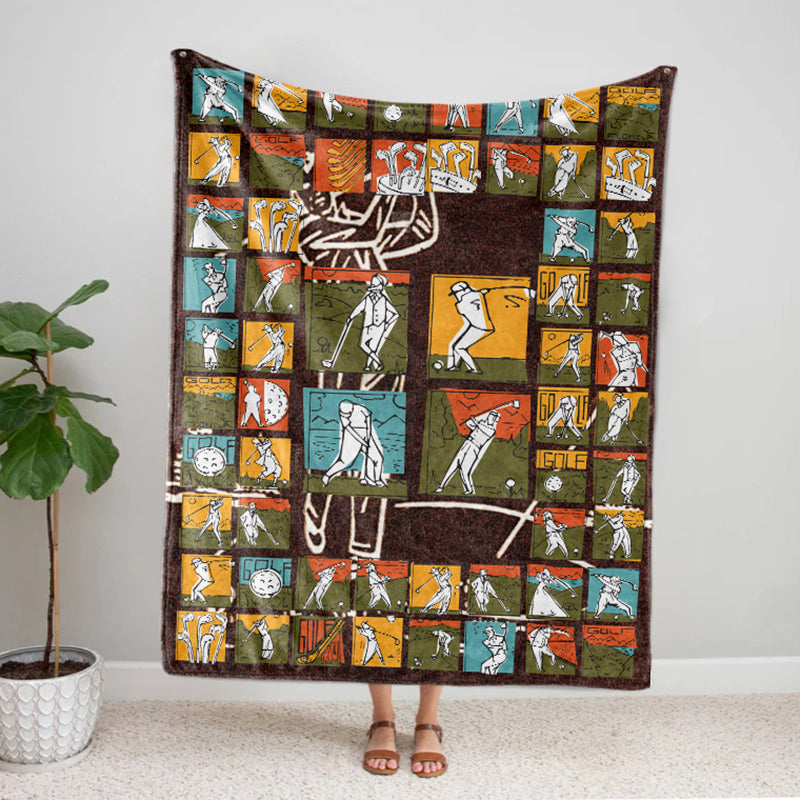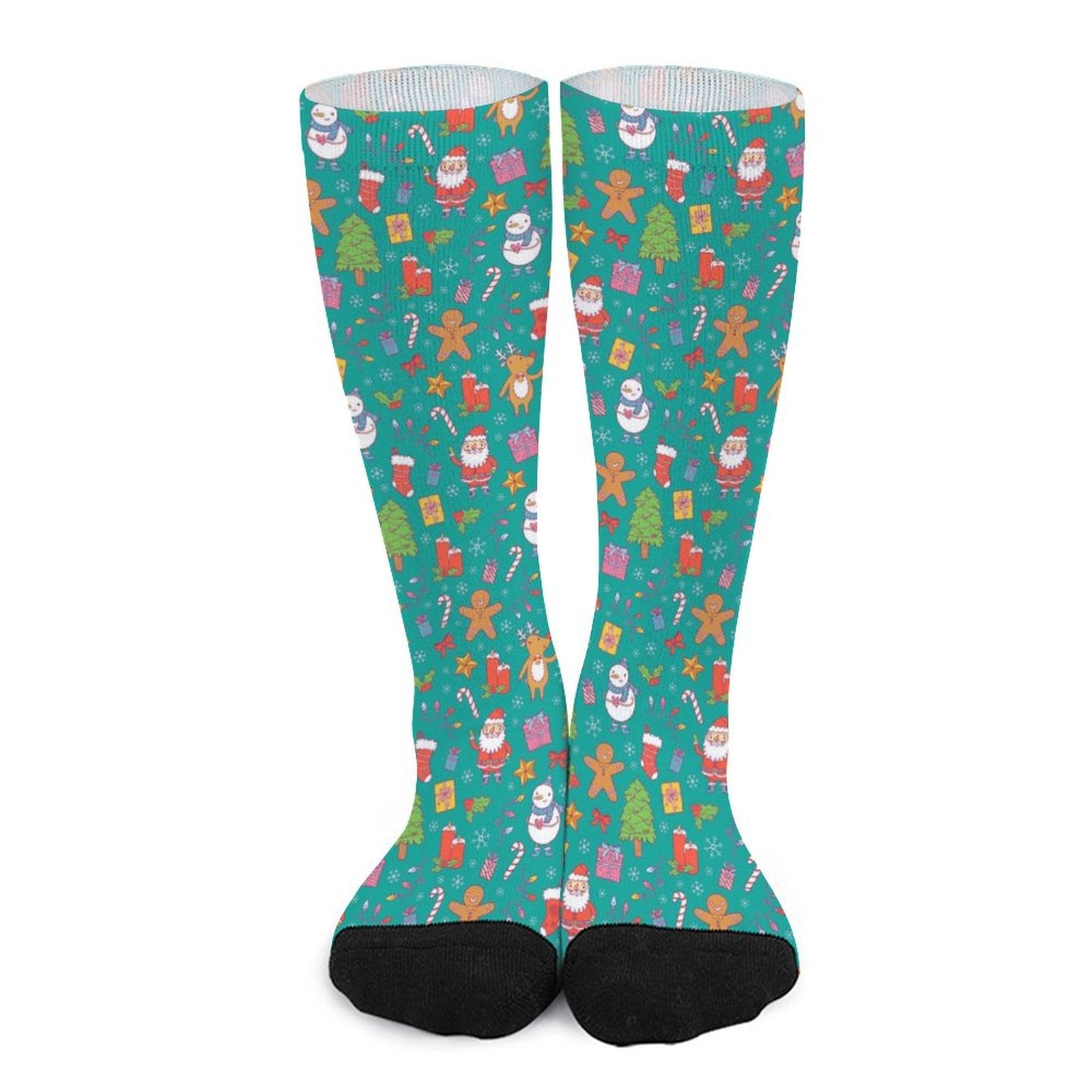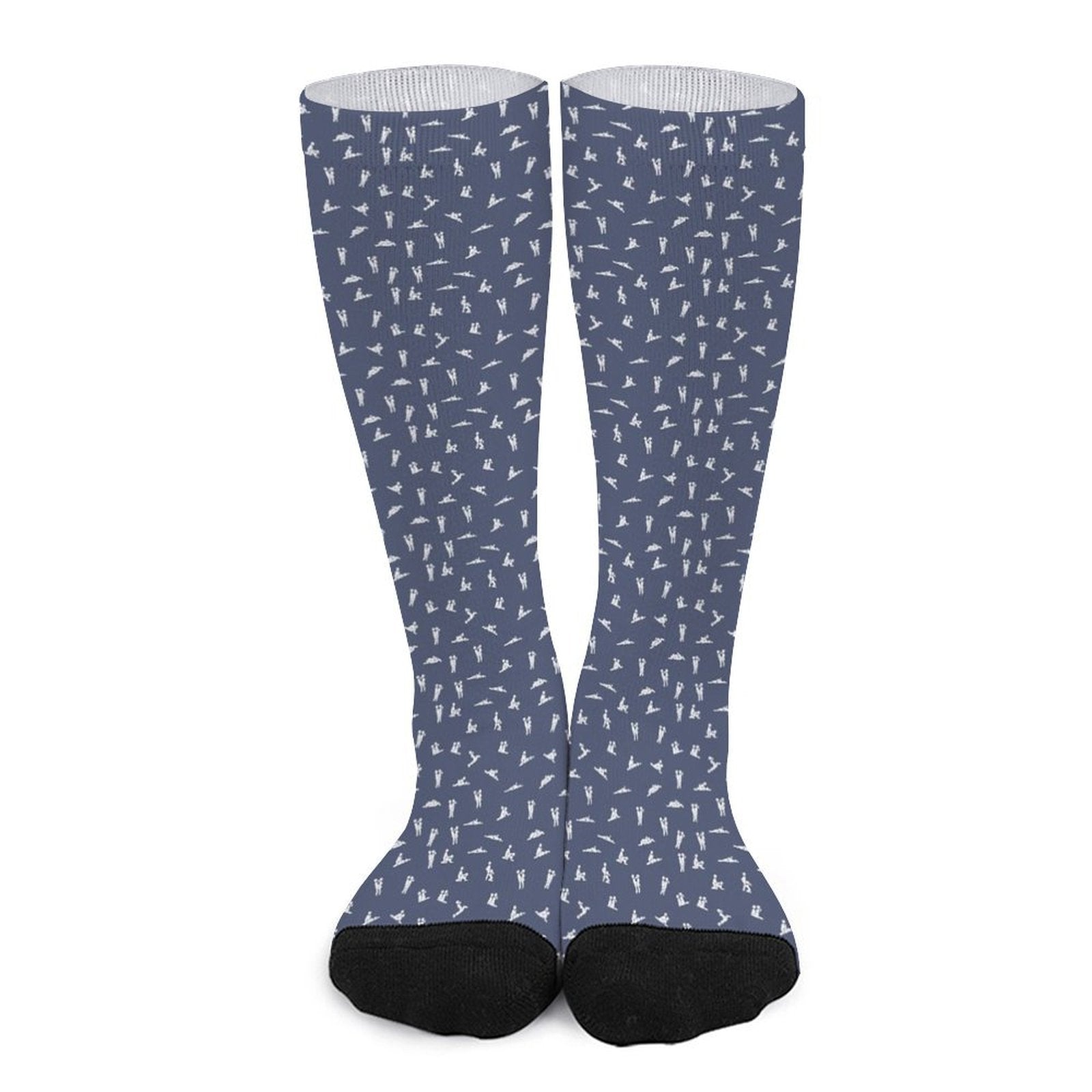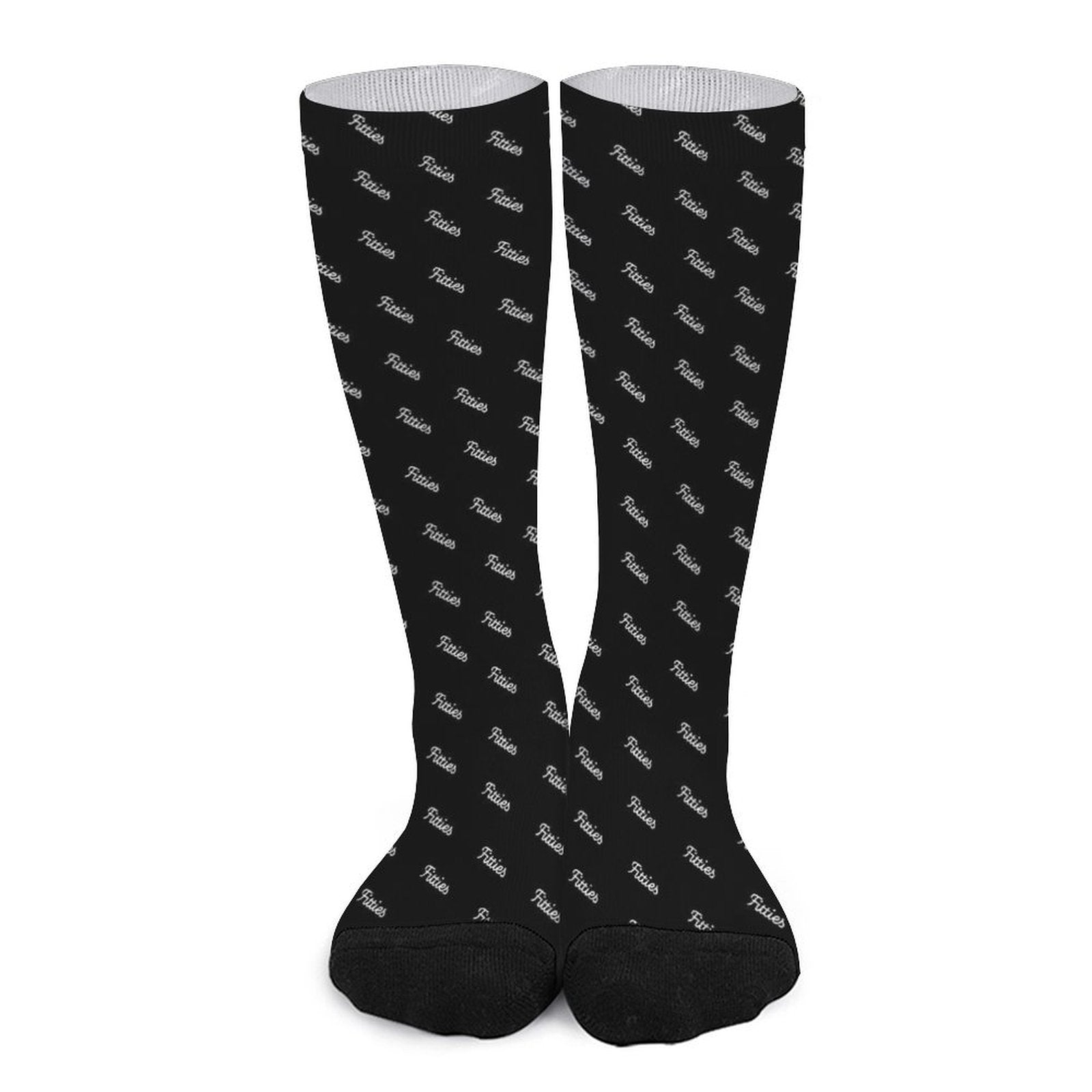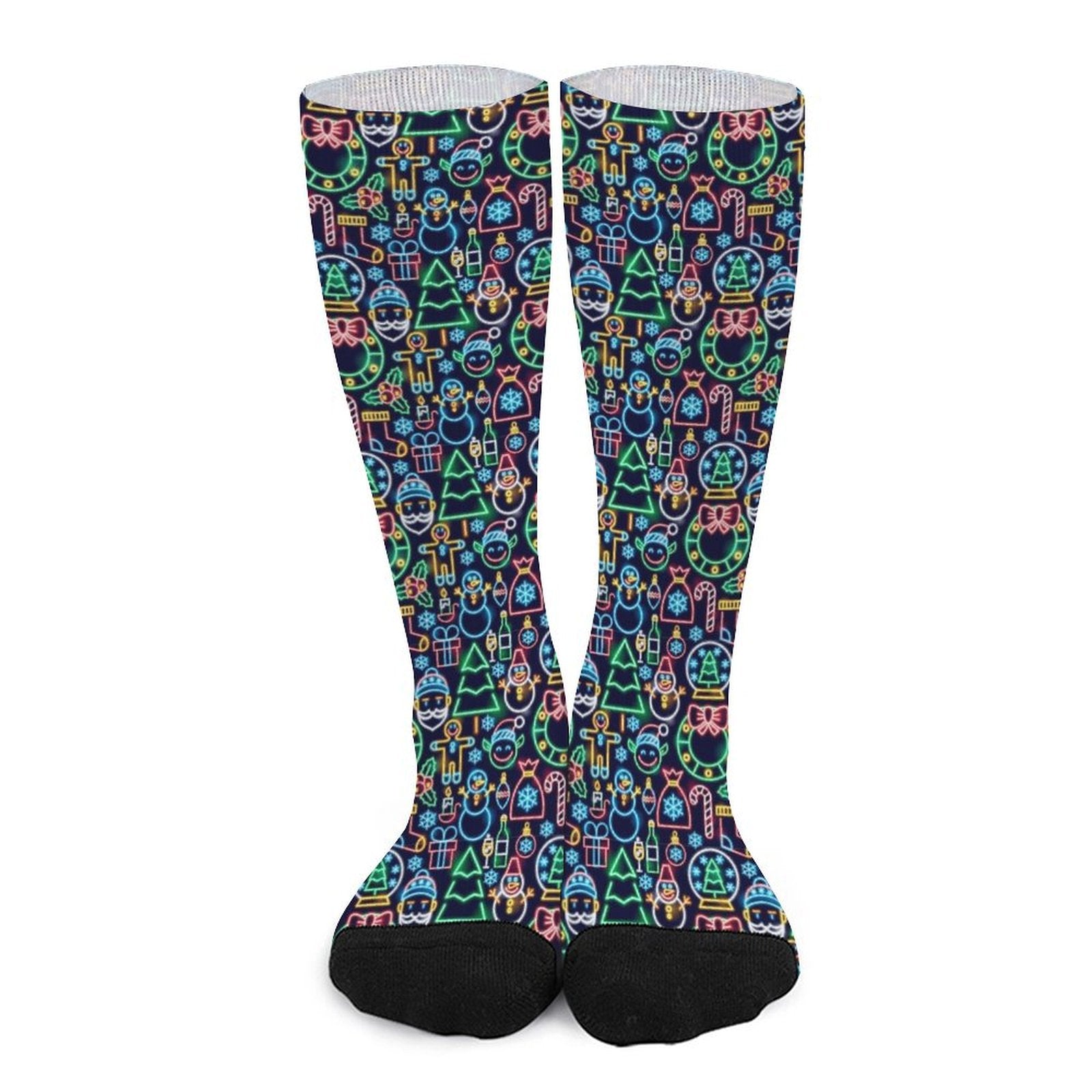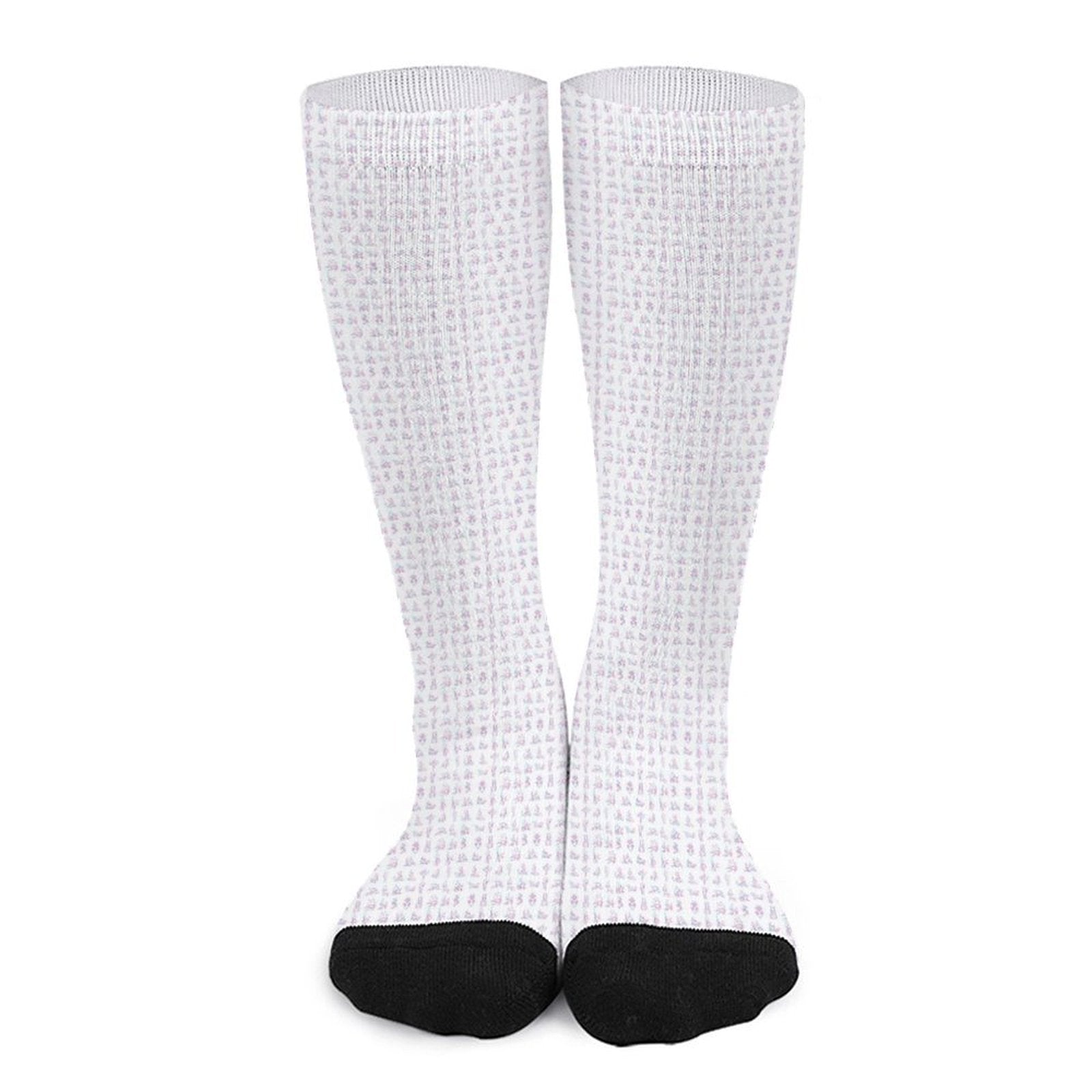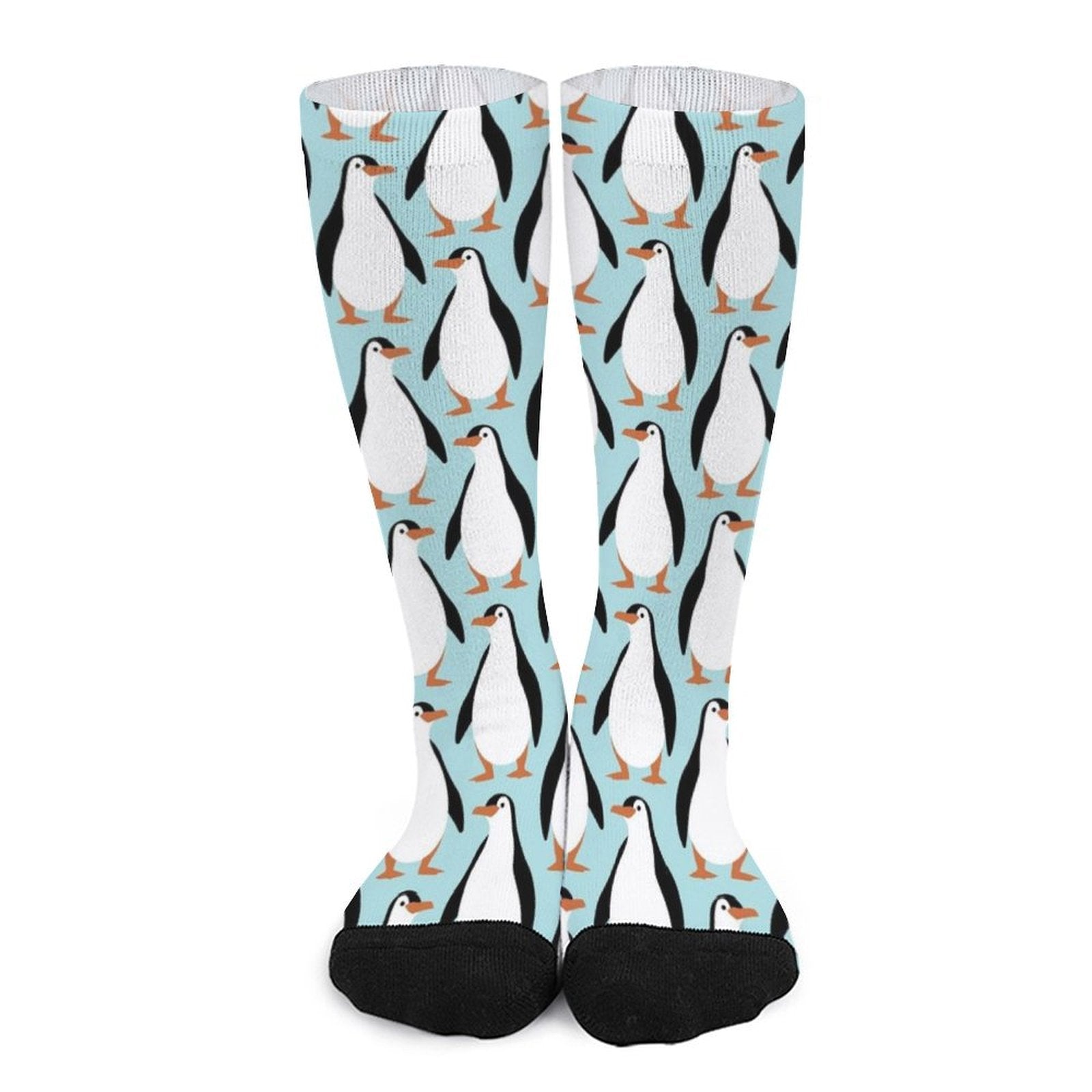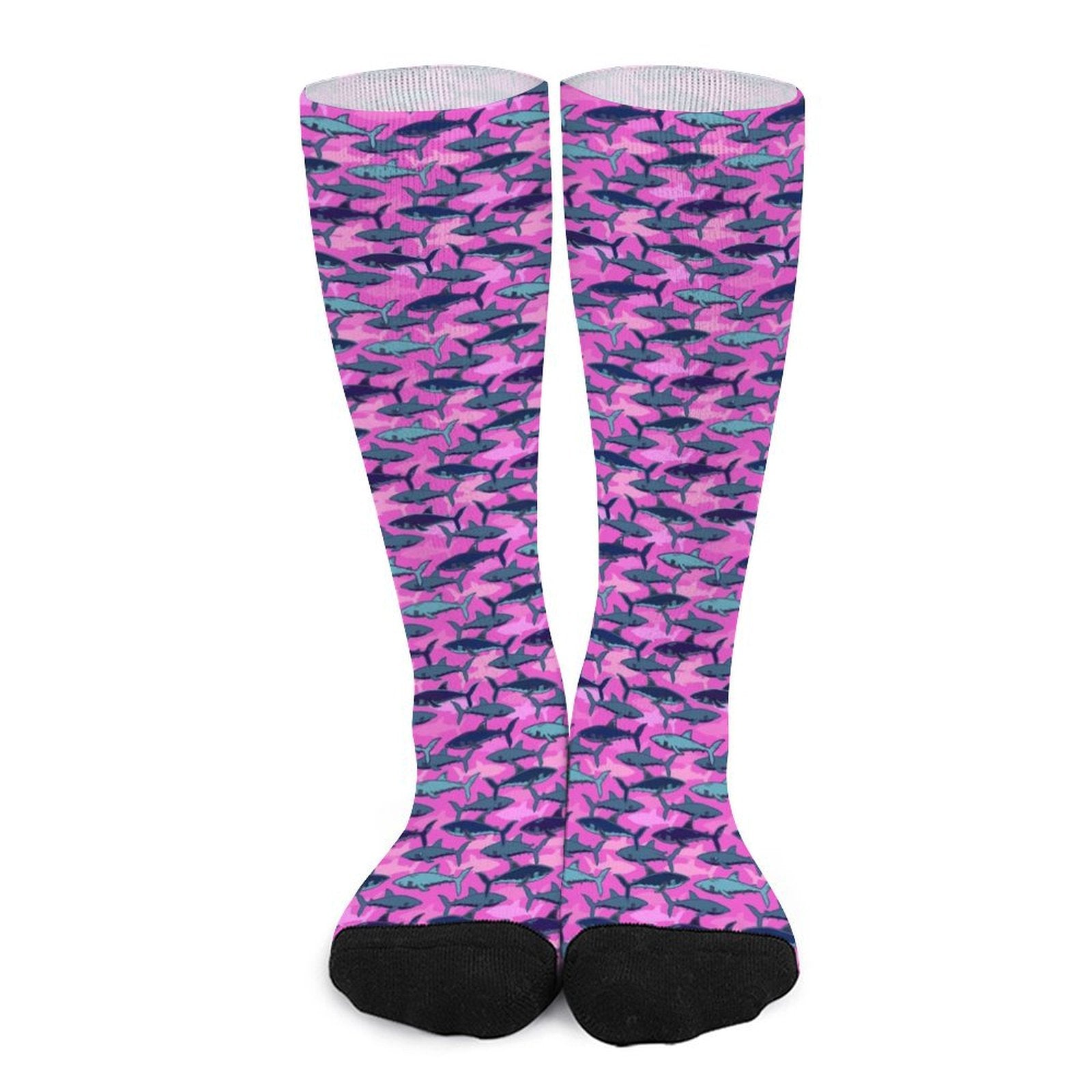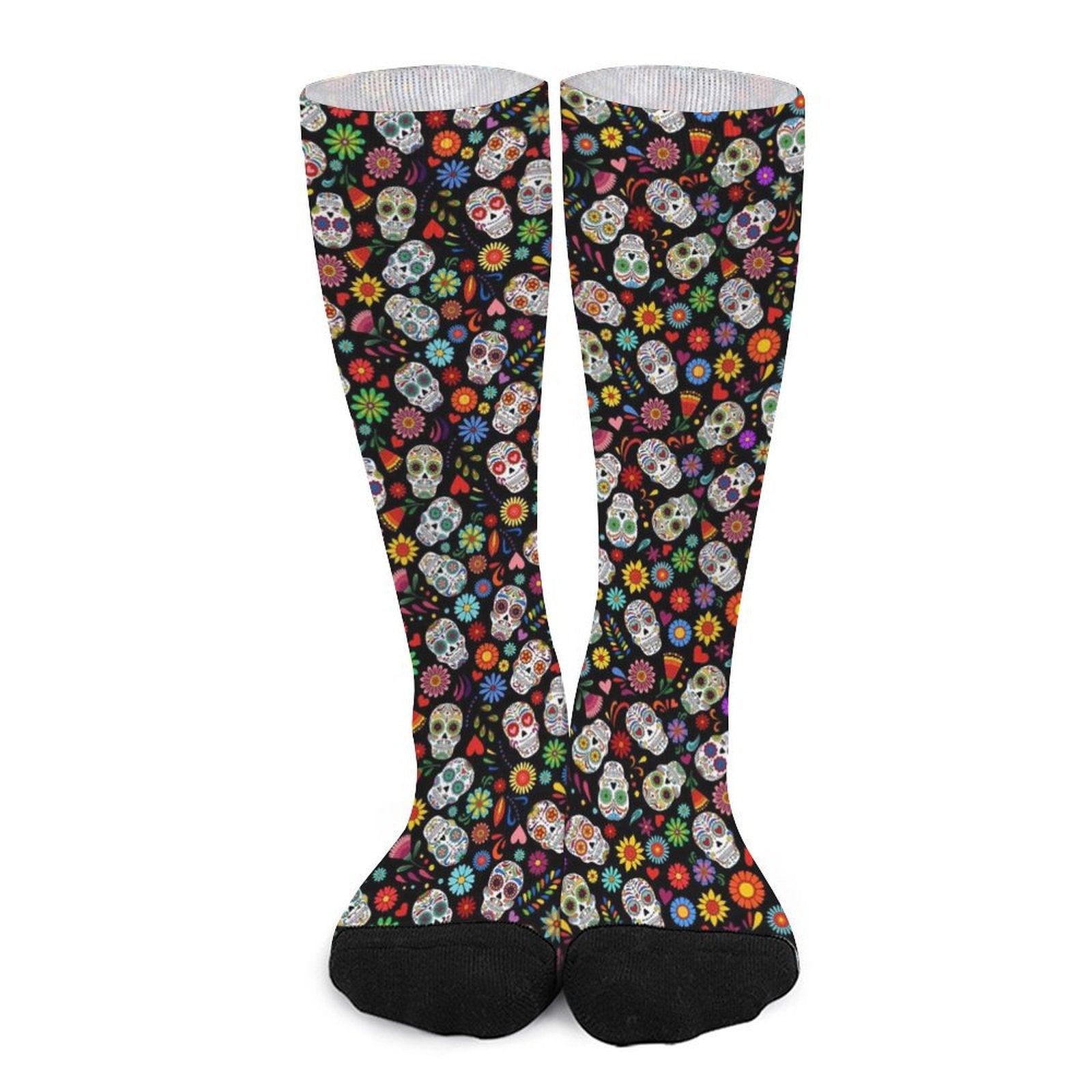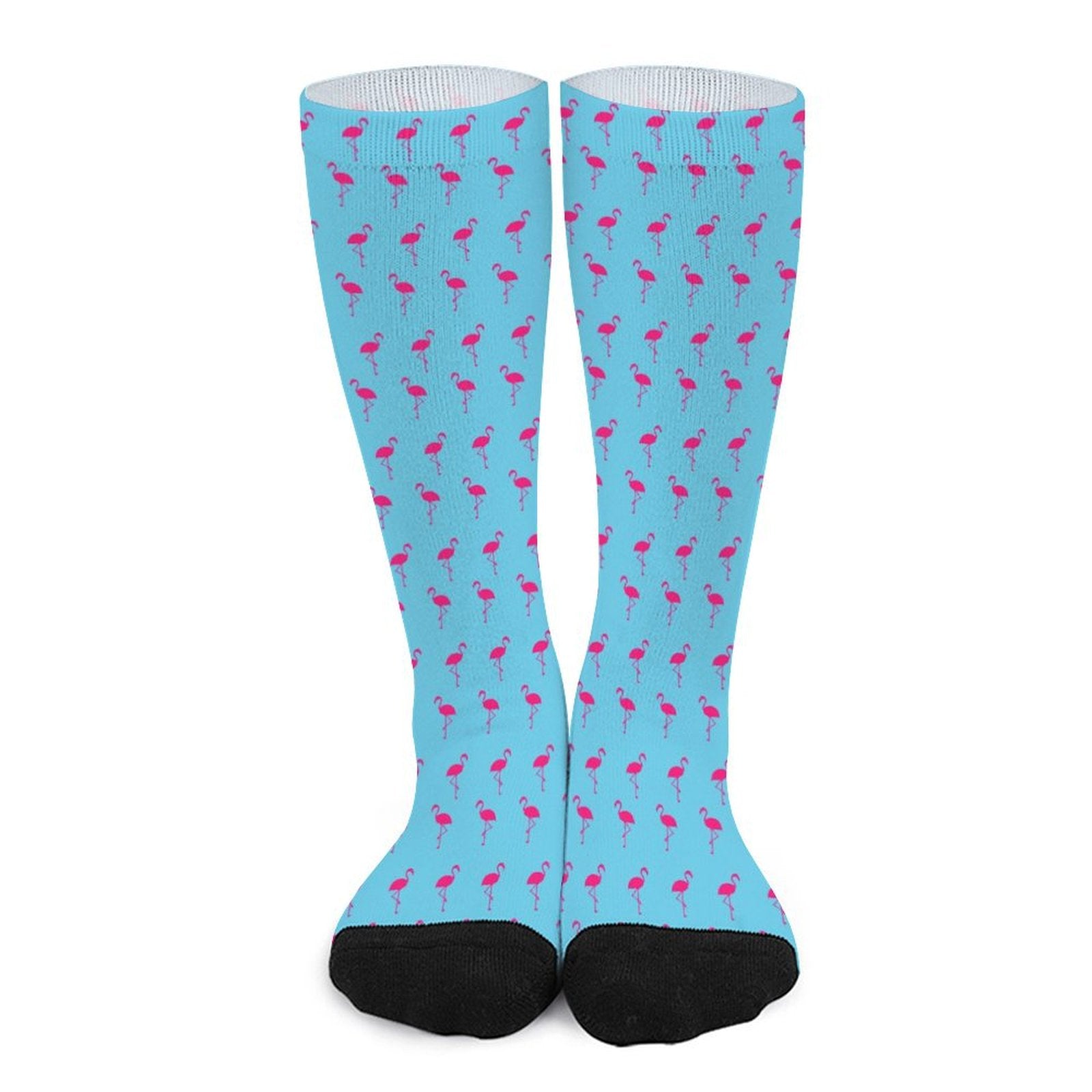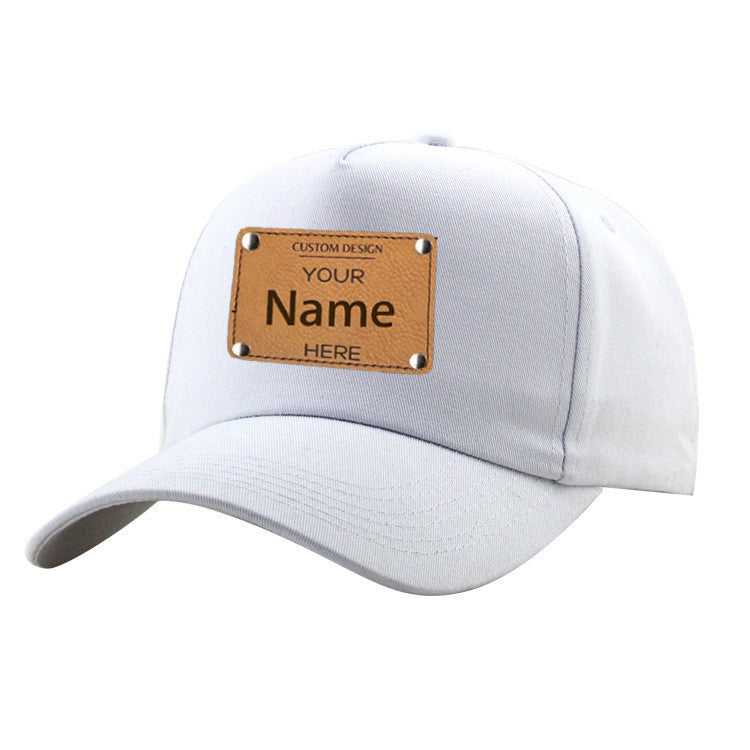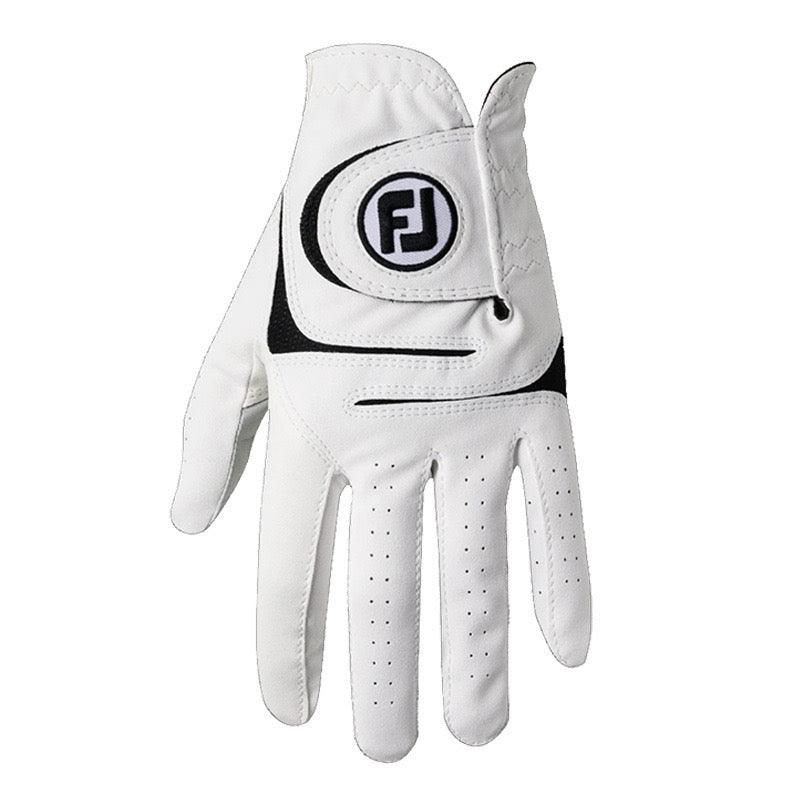
Mastering Layering Techniques for Golfing in Any Climate
Overview
Mastering layering is crucial for golfers to stay comfortable and perform well in varying weather conditions. Key tips include using a moisture-wicking base layer, an insulating layer for warmth, and a weatherproof outer layer for protection. Adjust your layers for cold, rainy, or hot weather, and remember to accessorize with appropriate headwear, gloves, and footwear. Proper care and storage of your gear can extend its life and performance, enhancing your overall golfing experience.
Frequently Asked Questions
1. Why is layering important for golfers?
2. What are the three main layers to consider when dressing for golf?
3. How should I layer for cold weather golfing?
4. What layering strategies should I use for golfing in rainy conditions?
5. What tips are there for caring and storing my golf layering gear?
Golf is a game that transcends seasons, allowing players to enjoy their passion year-round. However, playing golf in varying climates requires the right approach to dressing. The key lies in mastering the art of layering. By employing effective layering techniques, golfers can remain comfortable and perform at their best, regardless of whether they face chilly winds, drenching rain, or sweltering sun. In this article, we will delve into various layering techniques that will help you golf effectively in any climate.
The Importance of Layering in Golf
Layering is essential for golfers wanting to enhance comfort, warmth, and performance on the course. As you traverse the fairways, weather conditions can change rapidly, affecting your body's ability to regulate temperature. Proper layering techniques not only provide insulation but also enhance moisture management, allowing you to maintain an optimal body temperature. Here’s why layering is crucial for golfers:
- Temperature Regulation: As you play a round of golf, your body heats up due to physical activity. Proper layers can help you manage and adjust your temperature.
- Moisture Control: High-quality fabric can wick away sweat and prevent saturation, keeping you dry and comfortable.
- Flexibility and Range of Motion: Using the right materials for each layer ensures that you can swing freely without feeling restricted.
Understanding Layering Components
There are typically three main layers to consider when dressing for a day on the golf course: the base layer, the insulating layer, and the outer layer. Each plays a critical role in overall comfort:
Base Layer
The base layer is the first layer of clothing that sits directly on your skin. This layer is crucial for moisture management. Choose fabrics that wick sweat away from your body, such as polyester or merino wool. A good base layer should be snug yet breathable, providing a comfortable fit that allows for movement while keeping moisture away from your skin.
Insulating Layer
The insulating layer retains body heat and provides warmth as you tackle cold weather conditions. Fleece, down vests, and lightweight jackets are excellent options for this layer. Aim for materials that are light and breathable but also provide the necessary insulation to keep you warm during chilly rounds.
Outer Layer
The outer layer serves as your protective shield against the elements. This layer should be waterproof and windproof to fend off rain and wind during unpredictable weather. Look for jackets with breathable membranes that allow moisture to escape while keeping you dry, enabling you to maintain comfort throughout your game.
Layering Techniques for Different Climates
Understanding how to layer effectively in various climates can make all the difference in your golfing experience. Here’s a breakdown of how to adapt your layering strategy based on the climate:
Golfing in Cold Weather
When golfing in colder climates, it's vital to stay warm without sacrificing mobility. Follow these layering strategies:
- Start with a Moisture-Wicking Base Layer: Opt for long-sleeve tops and thermal leggings that will retain warmth and pull moisture away from the skin.
- Add a Thermal Insulating Layer: Use a fleece pullover or a lightweight down jacket. These should fit snugly to trap warmth and keep the chill out.
- Finish with a Weatherproof Outer Layer: Look for a windbreaker or waterproof jacket that will protect against harsh winds and rain without compromising breathability.
Golfing in Rainy Conditions
Rain can be one of the most challenging elements to manage while golfing. Here’s how to effectively layer up for a rainy day:
- Choose a Lightweight Base Layer: A short-sleeve or long-sleeve moisture-wicking shirt will keep you dry from sweat while moving. Avoid heavy cotton as it traps moisture.
- Opt for an Insulating Layer if Needed: Depending on the temperature, you might want a thin fleece or a long-sleeve fabric that resists water, allowing sweat to escape while keeping you warm.
- Select a Waterproof Outer Layer: A high-quality rain jacket or shell can be a game-changer. Look for features like adjustable cuffs and a hood to seal out the elements.
Golfing in Hot Weather
Warm weather golfing poses different challenges. Layering appropriately can help you maintain comfort and performance:
- Lightweight Base Layer: Select breathable, UV-protective, short-sleeve shirts made from synthetic fabrics that wick sweat and keep you cool.
- No Insulating Layer Required: In hot conditions, you may skip this layer to avoid overheating. However, if the sun is intense, consider a lightweight sun-protective long-sleeve shirt.
- Use a Lightweight Outer Layer: Consider a lightweight, breathable, but light-colored jacket or shirt that protects from sun exposure while allowing for airflow.
Accessorizing Your Layers
Accessories can enhance your layering strategy while adding style to your golf outfit and ensuring comfort:
Headwear
A good hat or cap can protect you from the sun or keep warmth in during colder days. Consider options with moisture-wicking materials for summer and wool or fleece for winter. Additionally, a customized golf beanie can serve as both a style statement and a functional piece when the temperature drops.
Gloves
Wearing gloves is essential for grip and control of your golf club. In colder weather, opt for insulated gloves, while in hot conditions, choose lightweight, breathable options that maintain grip and feel.
Footwear and Socks
Your choice of footwear is equally important. Look for waterproof golf shoes if you expect wet conditions or breathable, lightweight shoes when it’s sunny. Pair your shoes with moisture-wicking socks to ensure comfort and support throughout your play.
Pro Tips for Storing and Caring for Your Layering Gear
Proper storage and care of your golfing layers can extend their life and effectiveness:
- Wash According to Instructions: Always read the care tag on each item and wash them according to the manufacturer’s guidelines to keep them performing well.
- Store in a Cool, Dry Place: Avoid storing your clothing in damp areas. Ensure they are clean and completely dry before putting them away.
- Inspect Regularly for Wear: Regularly check your gear for any signs of wear or damage, particularly in high-friction areas. Replace items as necessary to maintain performance.
Elevate Your Game Through Layering
Your experience on the golf course can be significantly enhanced through the essential practice of layering. By establishing a strategic approach to dressing for various weather conditions, you can maintain comfort, improve performance, and focus on your game rather than external distractions. As you explore various layering techniques and optimize your golfing outfit according to the climate, remember that every successful round of golf starts from the ground up—literally and figuratively! So, embrace your newfound affinity for layering and step out onto the greens prepared to tackle whatever comes your way!


